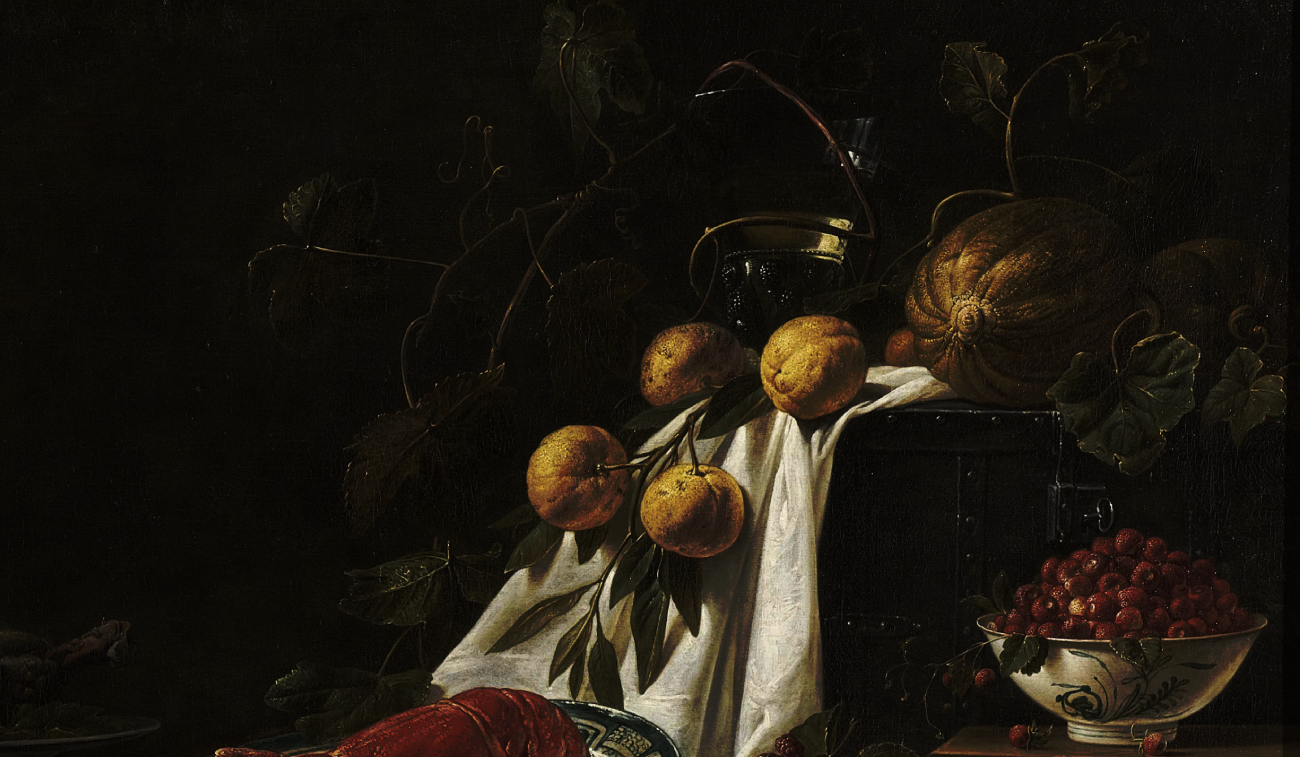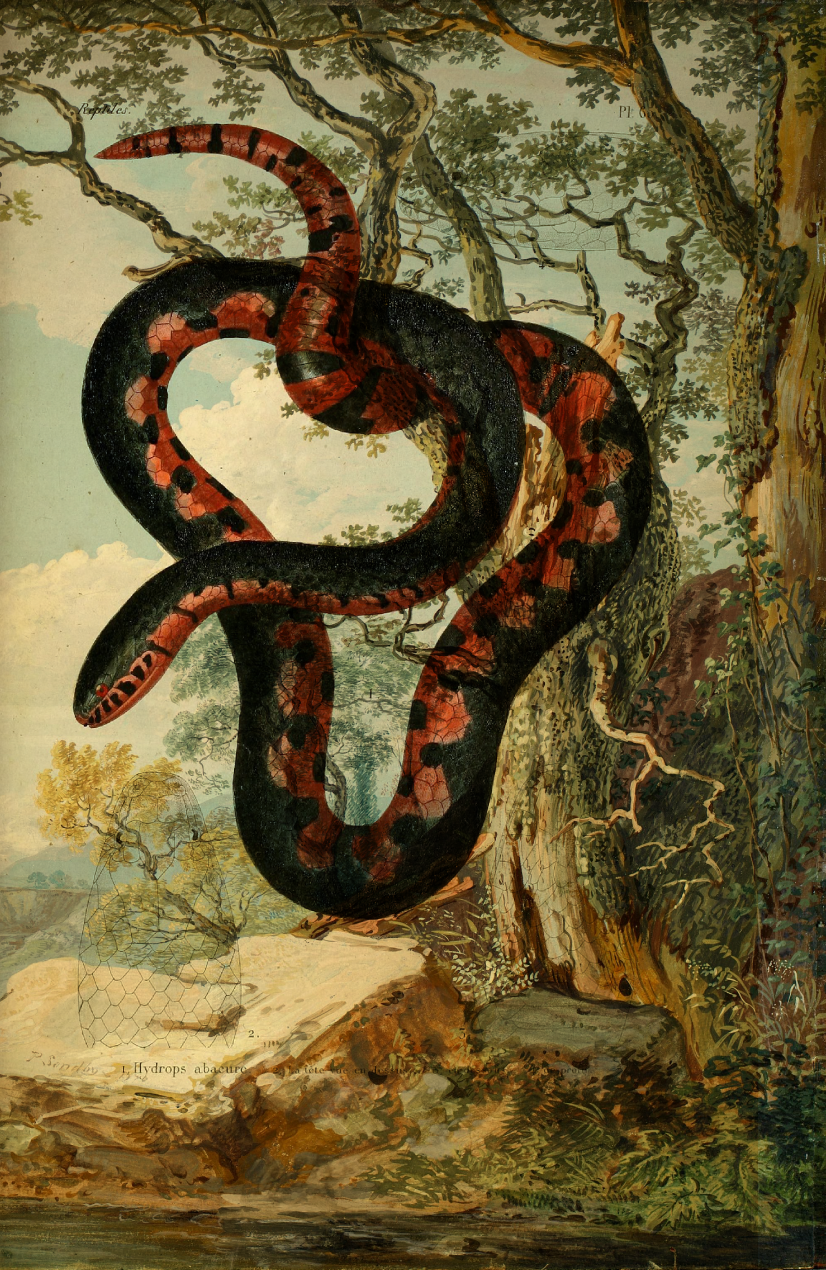
A Brief
History
My first encounter with diaphonization was in 2009 at the Royal Ontario Museum. Their collection was fairly small (maybe 10 pieces) and awkwardly placed in the middle of a landing between floors. Sat there close to an hour staring at these visually stunning pieces.
When I travelled over the next few years, I would go to natural history museums looking for cleared and stained specimens of this type hoping to acquire pieces for myself. I looked for years and never saw wet specimens to purchase.
Eventually I decided to go back to school to study the sciences and came across protocols for diaphonization. I was studying topics related to the process and understood the steps involved.
The first processes I tried were utter failures. Months went by and thousands of dollars spent, but I eventually completed some pieces - or so I thought. Some eventually melted, leaked colour, turned rancid, or fell apart. From there, I experimented - monitoring every step and testing the pieces with heat, light, pressure, and other conditions.
After experimenting for a few years, I perfected my technique. My focus was to ensure that the pieces were safe, clear, vibrant, and would withstand various conditions. This was essential before I could confidently make these pieces available to the public as educational anatomical models, or for collectors of oddities and curiosities.
My hope is to create that same awe and wonderment that I felt the first time I had seen diaphonization. By creating these types of museum collections and making them available, I hope to create an inclusive community that normalizes the interests we’ve been made to feel weird about and often isolated.
Yes, you’re weird - but that’s okay.
x
Nicholas
FAQ
FAQ
+ Where do you get the animals?
I work closely with zoos, museums, breeders, and pet owners who donate their naturally deceased animals for study. In exchange for the animals, I inform the breeder or institution of abnormalities I observe and a cause of death.
*Please note that anatomically correct custom resin models can now be made upon request. These models are cast from previously processed specimens in order to create exact replicas. This option is great to use as learning tools for small children and classrooms!
+ How are these animals “ethically and sustainably sourced”?
”Ethically sourced” means that none of the animals are euthanized for my work. All of the animals I receive are already deceased when I acquire them. Early procedures for diaphonization call for killing the animals by tossing them directly into formaldehyde. This removes any time the animal has to decay - which yields the best specimens for observation and study. None of the animals are killed in this fashion.
”Sustainably sourced” means that none of the animals were removed from their natural habitat. Captive bred specimens are sustainable since removing animals from their natural habitat can imbalance the ecology of the environment in which the animals came, thus ultimately putting that species and others at risk over time. This is the opposite of dogs and cats where it’s arguably more beneficial to adopt strays than purchase from breeders.
+ What’s involved in the process?
Protective gear, experimentation, years of study, months of monitoring, and patience. The process of diaphonization is always being updated and practices vary at ever lab where this process is performed. In early years, many dangerous chemicals were used. I have created a proprietary protocol for my process that allows for the creation of stunning diaphonized specimens without utilizing any of the dangerous chemicals. By using safe alternatives, I can ensure the safety of myself and the consumer.
+ Are the pieces dangerous to me or my baby?
The specimens are absolutely safe. If a glass specimen is dropped and shatters or has been eaten by your pet or baby, I would be more concerned about eating glass than anything else.
+ How long will the pieces last?
The pieces should last indefinitely. I have done lots of experimentation in order to ensure the longevity of these pieces. The specimens will not decay, leach colour, shrink, or fall apart. I have noticed that heat can effect the specimens, so please do not microwave the pieces or place them directly on top of LED’s for extended periods. I have placed many specimens at the window to test the effects of UV - though I would not suggest it, I have found no negative results thus far.
+ How long does one piece take?
The smallest pieces take a minimum of one month, though the process can go on for many months if necessary. The larger the specimen is, the longer the processing takes.
+ Why can’t you ship some specimens internationally?
In order to protect certain species from becoming at risk, the CITES organization prohibits animals listed in their appendices from being transported across borders. Though many of their listed animals are not at risk (E.g., Pythonidae), this family of serpents are often wild caught and sold in the pet trade. This practise could potentially put pythons at risk along with other species that exist in the same environment. To prevent harm to this species and others, CITES requires documents of captive breeding and other paperwork that are often not provided by pet owners or zoos. Since I am in Canada, I can only ship many of these specimens within the country in order to adhere to CITES regulations - no exceptions will be made. For the specimens that are available internationally and listed on the CITES appendices, all necessary paperwork will be provided.
+ Do you rent your pieces?
Yes! If you're interested in renting specimens for film, television, or an event, please feel free to contact me here.
+ Will you diaphonize me or my pet?
Yes. Absolutely. Reach me via the contact page and we can discuss pricing and timelines.
If you have any questions that were not answered or would like to donate, please contact me here.




